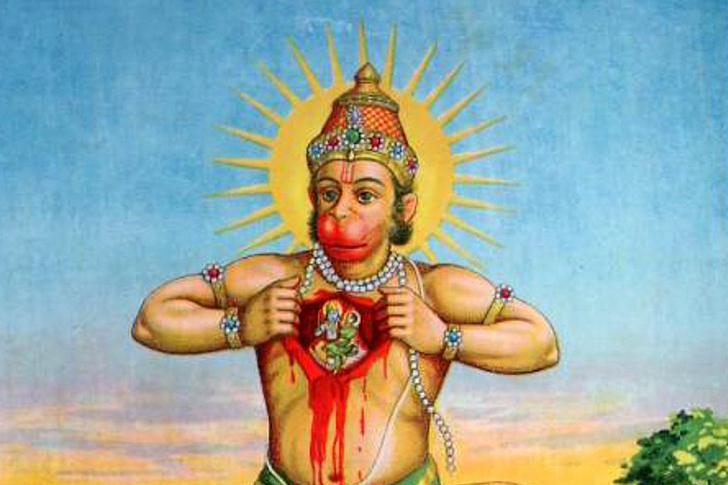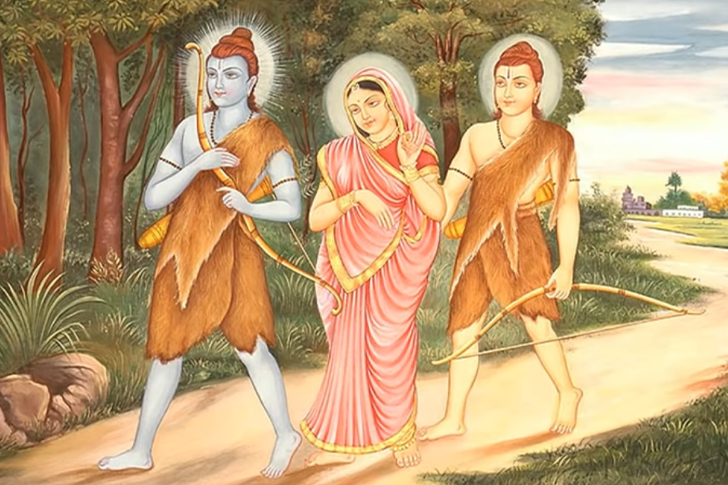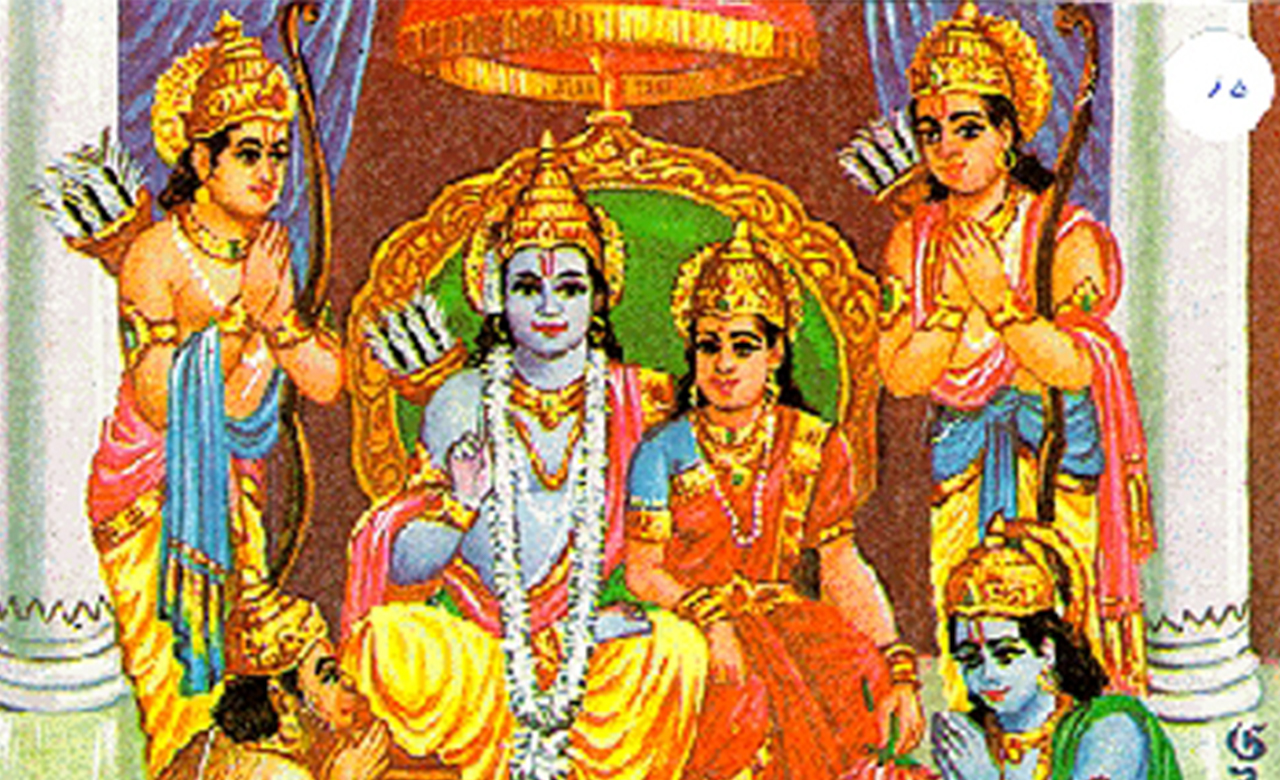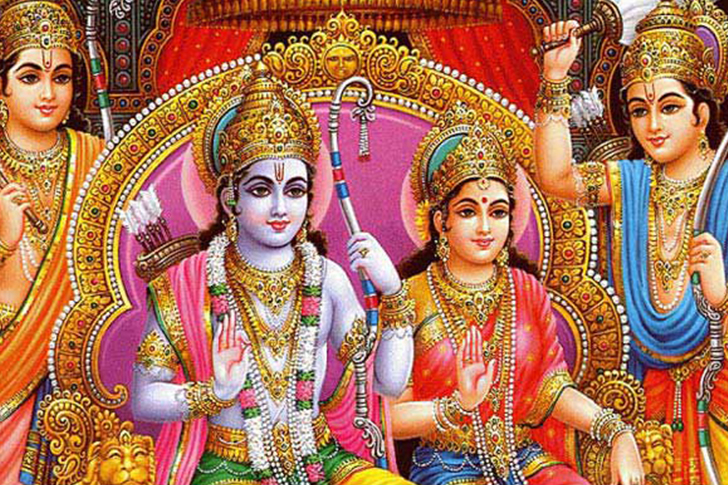India is a country that is not just rich in culture, but it is also brimming with language and literature. It has two very popular ancient texts that have survived to this day: the Mahabharata and Ramayana, which are considered part of the Hindu’s Itihasa or history. There are two particular features of an Itihasa text; first, the author witnessed firsthand events. Second, the values and teachings are intertwined into the stories and relatable to all generations to a certain degree. Valmiki, the author of the Ramayana, partially witnessed the story unfurl. Many versions of the Ramayana exist in the different Indian languages, on top of the Jain, Sikh, and Buddhist adaptations.
What is the Ramayana?
As a piece of literature, the Ramayana is one of the largest ancient epics to have been discovered, having 24,000 verses following the Shloka or Anustub meter. Without electricity in the old days, writing was the way of life. As such, ancient writers were able to put together a tale of ancient traditions and mystics, battles and quests, vivid landscapes and mythical creatures, and lessons about ethics, morals, and a guide to the ideal life. In addition, the Ramayana also became an essential influence on the Sanskrit and Hindu poetry, culture, and life that later emerged.
The main characters in the epic, Rama, Bharata, Sita, Hanuman, and Ravana, have all become fundamental to the consciousness of various cultures, including that of Sri Lanka, Nepal, Malaysia, Thailand, Cambodia, and Indonesia.
The Tale of Prince Rama
The story of Prince Rama, the 7th incarnation of Lord Vishnu, unfolds in 24,000 verses and seven books. Originally composed of six books, scholars credit other authors who added the seventh book. Due to the diversity of the stories from all seven kandas, there is always something for everyone in the epic. Theists, for example, see solace in the Rama-Sita personas. Feminists, on the other hand, can draw lessons related to equality.
The first book focuses on the conversations between Sage Valmiki and Sage Narada. This is where Valmiki gets the divine guidance to compose the epic. It also details the birth of Prince Rama and his brothers. Family matters are also covered, including Rama’s marriage to the Sita, princess of the kingdom of Videha. The second book, meanwhile, focuses on the importance of being true to one’s words. In this book, King Dasharatha anoints Rama as his rightful heir, but her stepmother steps in with a degree of wrath to prevent his coronation from happening. Eventually, Rama was exiled.
In the third book, the life of the three, Rama, Sita, and Lakshmana, in the forest is chronicled. This is also where the sister of the demon king Ravana takes a liking for Rama, which resulted in Sita’s abduction and the quest to save her. The fourth book then talks of the forging of a strategic alliance between the Vanara army and Rama. This was a good investment as it allowed Rama to form a crew that helped him find Sita.

With Hanuman as the hero, the fifth book is the only one where Rama does not play the central role. Based on this book, Hanuman is the only one who could cross the Southern Ocean and reach Lanka. Unfortunately, he also comes into contact with King Ravana, and Hanuman makes him and the kingdom pay.
Also, the longest book and considered the greatest, the sixth book provides more details about the war between Rama and Ravana. There is, obviously, a great degree of animosity between them, with the war raging on for 13 days. Fortunately, in the end Rama, Sita, and Lakshmana return victorious.

Considered an addition by later researchers, the seventh book is dubbed the book of answers. In the book, readers see Rama encounters two young warriors, eventually adopting them as sons. On the other hand, Queen Sita returns to her abode, and King Rama gives up his person and goes down to the River Sarayu.
Implications
Ramayana is one text that unites a very diverse India. The themes are meant to be broad so that there is something every sub-culture can relate to, and this can be given credit for the more than 300 versions of the Ramayana already in existence. Poet Goswami Tulsidas goes as far as saying that the Ramayana is a gamut of verses and stories. Additions are a constant fixture, with the time-tested values surviving and being celebrated.


